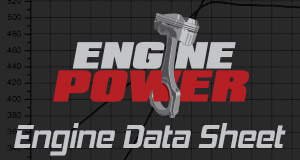
High Tech Dyno Upgrades
The star of our show, the engine dyno, gets a huge upgrade from SuperFlow. Known as the go-to for high performance dynos, they come into the shop and install new hardware and software upgrades to give us the ultimate way to monitor and analyze our engine data.
Season 11
Episode 17













































